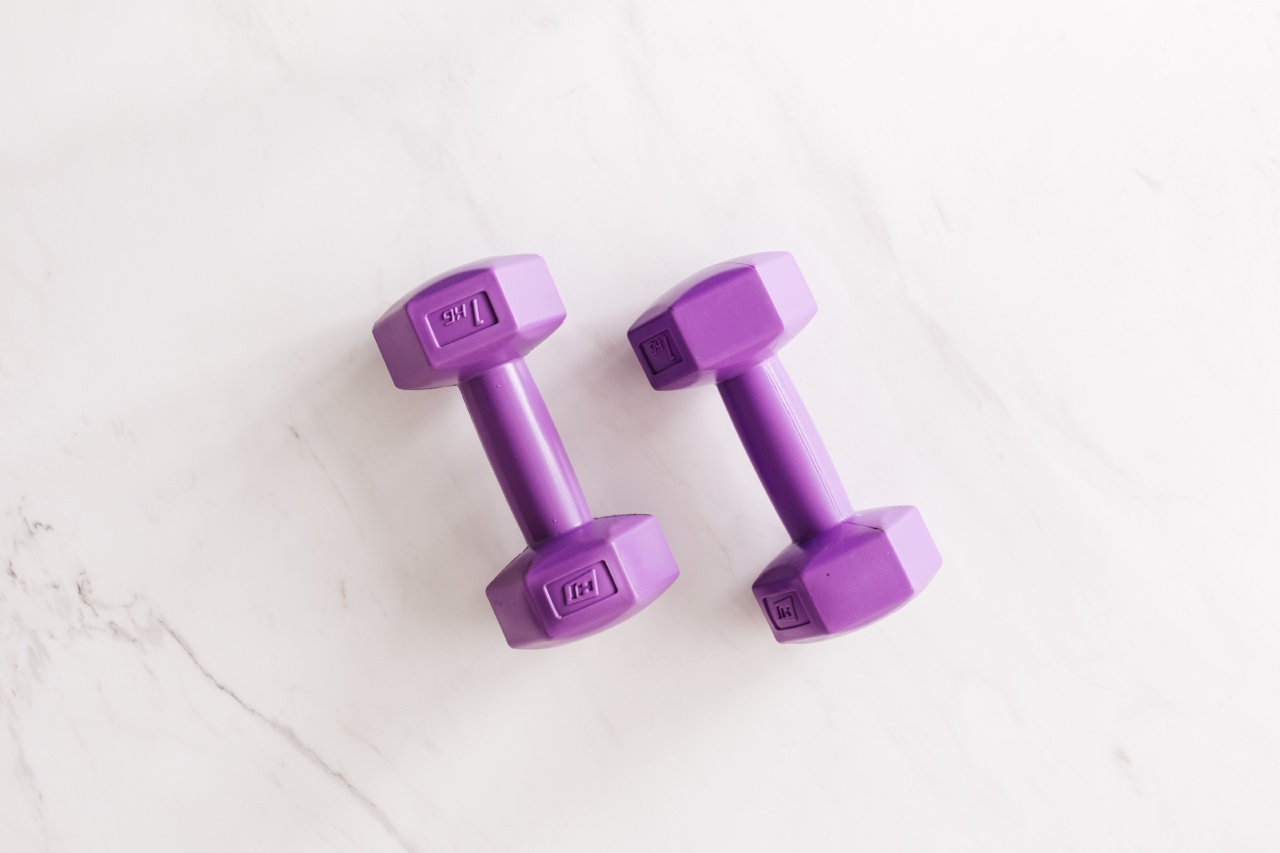Lifting heavy objects is an everyday task for many people in their workplace and even in their homes. However, lifting heavy objects improperly can lead to serious back, neck, and shoulder injuries.
It is essential to know how to lift heavy objects properly to minimize the risk of injury and protect your overall health. In this article, we discuss the proper way to lift heavy objects and some practical tips to prevent injury.
The Basic Rules of Lifting Heavy Objects
Before we dive into the technique, here are some basic rules to follow when lifting a heavy object:.
1. Assess the Weight of the Object
Before lifting any heavy object, assess its weight. If the object is too heavy, consider asking for help or using specialized equipment like a forklift.
2. Clear the Pathway
Clear the pathway you will be taking to avoid tripping or falling. Be aware of your surroundings and any obstacles in your way.
3. Use Proper Lifting Technique
Always use proper lifting technique while lifting a heavy object. Avoid lifting an object with your back in an awkward position, twisting your torso while lifting, or using your lower back to lift.
Proper Lifting Technique for Heavy Objects
Here are the steps you can follow to lift a heavy object properly:.
1. Stand Close to the Object
Start by standing close to the object you are about to lift. Straddle the object with your feet shoulder-width apart. Ensure that the object is centrally placed in front of you, and you have a firm grip.
2. Bend Your Knees and Hips
Next, bend your knees, and hip joint, lowering your body towards the object while keeping your back straight. Avoid bending your back as this can lead to unnecessary stress placed on your spine.
3. Tighten Your Abdominal Muscles
As you prepare to lift the heavy object, engage your core, and tighten your abdominal muscles. This will help to support your spine and protect your lower back.
4. Lift the Object with Your Legs
Lift the object using your leg muscles. Avoid using your back to lift the object, and use a smooth and steady motion to lift it off the ground. Always keep the object close to your body while lifting it.
5. Stand Up Straight
As you lift the object, straighten your hips and knees, and stand up straight. Remember to keep the object close to your body and avoid twisting your torso while lifting. Use your leg muscles to lift the object instead of your back muscles.
6. Move Slowly and Carefully
Once you have lifted the object, try to move slowly and carefully. Avoid jerking or sudden movements that can cause injury. Take small steps while carrying the object and keep your back straight.
7. Place the Object Down
When placing the object down, reverse the steps you took to lift it. Bend your knees and hips slowly and place the object down gently. Do not drop the object as this could cause injury to yourself or others.
Additional Tips to Lift Heavy Objects Safely
In addition to following the proper lifting technique, here are some tips to ensure you can lift heavy objects without injury:.
1. Stretch Before Lifting Heavy Objects
Stretching your muscles increases their flexibility, reducing your risk of muscle strains and sprains. Before lifting a heavy object, stretch your muscles, especially your lower back and legs.
2. Use Mechanical Aids or Devices
If the object is too heavy, use a forklift, hand truck, or other mechanical aids. This will help reduce the risk of back strains, sprains, and other injuries.
3. Wear Proper Footwear
Always wear proper footwear that provides excellent grip and traction on the floor. Avoid wearing high heels, open-toed shoes, or sandals when lifting heavy objects.
4. Keep the Object Close to Your Body
Always keep the heavy object as close to your body as possible to maintain balance and control. If you hold the object away from your body, it can put undue pressure on your shoulders and back, leading to injury.
Conclusion
Proper lifting techniques are essential to preventing injuries when lifting heavy objects. Follow the steps outlined in this article to ensure you lift heavy objects with precision and safety.
Remember always to assess the weight of the object, clear the pathway, use proper lifting techniques, stretch before lifting, wear proper footwear, keep the object close to your body, and use mechanical devices when necessary. By following these tips, you can stay safe and avoid injury while lifting heavy loads.





























